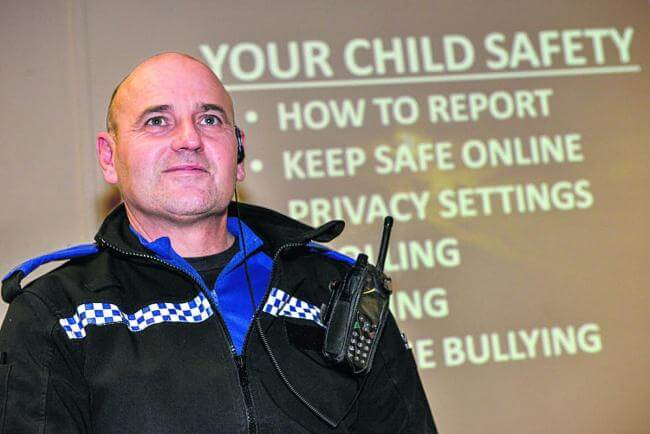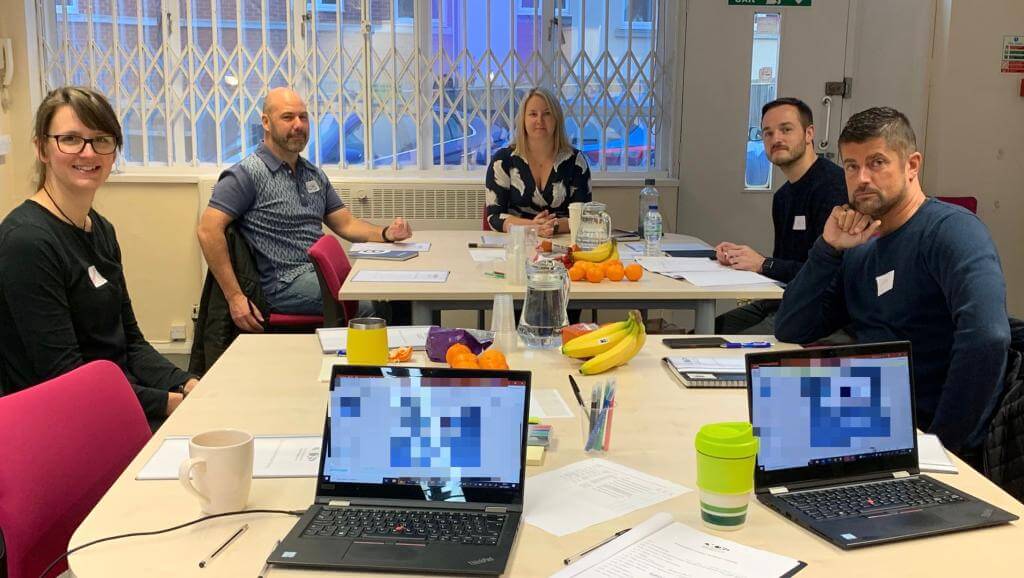Restorative justice approaches in practice
Last week was International Restorative Justice Week, an opportunity to raise awareness and understanding of what restorative justice techniques are, how they are used by a range of organisations and professions as they seek to reach mediated, appropriate outcomes which settle disputes or offences. This week’s blog comes from PCSO Chris Jones, who works from Woodstock in Oxfordshire and is one of the dedicated Schools Officers trained in the use of restorative justice techniques.

Let’s start with the question just what is Restorative Justice? The European Forum for Restorative Justice describes restorative justice in the following way: “An approach of addressing harm or the risk of harm through engaging all those affected in coming to a common understanding and agreement on how the harm or wrongdoing can be repaired and justice achieved.”
Crucially, it means that the victim has a significant role to play in shaping the response to any particular harm or offence. It offers victims an opportunity to be heard, to ask questions of the offender and to have their say in the resolution of the harm caused. It holds the offender accountable in a more meaningful way, where they see the impact of the crime. It has proven to achieve a sense of healing for the victim and reducing re-offending rates.
Here in the Thames Valley, we have long been committed to using restorative justice to reach the best outcome. It is used by policing colleagues as they deal with minor offences out in the community, achieving an acceptable intervention and victim satisfaction, while also being an efficient use of our resources at a time when the criminal justice system is under great pressure.
We use it in dealing with issues such as low-level criminal damage, or in helping to defuse tensions concerning anti-social behaviour – helping someone to understand the impact of their behaviour on someone is often the most effective way of getting them to change their behaviour. It is often a human response that has the most impact – someone being told: “Your behaviour made me feel worried” or “You woke my children up and they were frightened”. Very often, a victim doesn’t want to see someone hit with the full force of a criminal outcome – they just want them to acknowledge the impact of their actions and to learn a lesson from it, for their own benefit. We frequently deal with situations where what a victim wants is to sit down face-to-face and just get an apology. Or to be able to send a personal letter which communicates the impact upon them of the incident or issue.
In addition, the Thames Valley Partnership also operates the Thames Valley Restorative Justice Service, a referral process for partner agencies, with trained RJ practitioners working both in the community and in prisons. This process is victim-focused, creating restorative opportunities alongside the formal criminal justice system – once an offender has admitted the crime and the justice process has completed.
From my own experience, I use restorative justice frequently in my work with schools, helping to support their disciplinary processes. I am one of the 19 Schools Officers and we have all had access to training in restorative justice. Only last week, colleagues were receiving the latest training funded through a partnership arrangement with Buckinghamshire County Council.

When we work with schools, as always we are trying to reach an appropriate outcome but we are also trying, where possible, to avoid a pupil being excluded or being routed to criminal justice outcomes. We know that the impact of this is often profound and long lasting. Instead, we use the same approaches to support school teachers, pupils and parents in managing disciplinary issues, helping to properly addresses the nature of any incident or issue, which allows any victim to be satisfied and where appropriate, prevents unnecessary exclusion or criminal proceedings against a young person.
Restorative justice isn’t a soft option – it is often extremely hard for someone to face the victim and to hear directly the impact of their actions, to be asked to make amends and to apologise. And as such, it can be extremely effective in helping to create a reachable moment, when a young person is receptive to advice and to behaviour change. If it can help change behaviour, without them being excluded or criminalised, then I strongly believe it should be used where the situation is suitable.”
You can learn more about the use of restorative justice in the wider community on the Thames Valley Partnership website here: https://thamesvalleypartnership.org.uk/what-we-offer/restorative-justice/